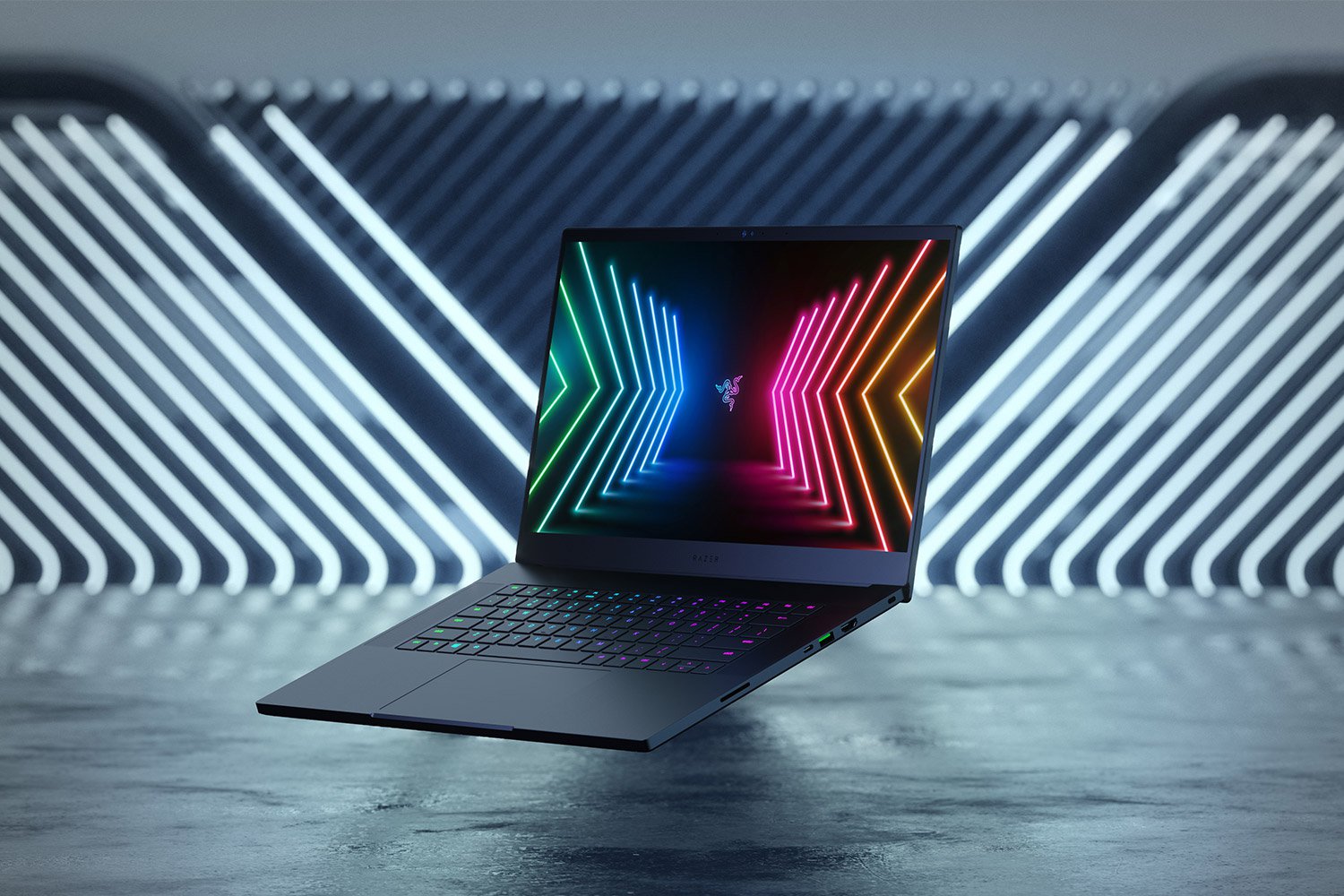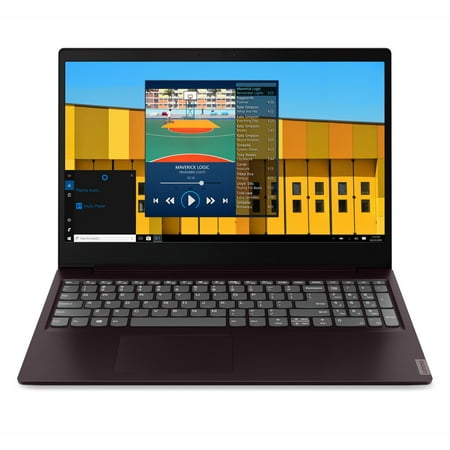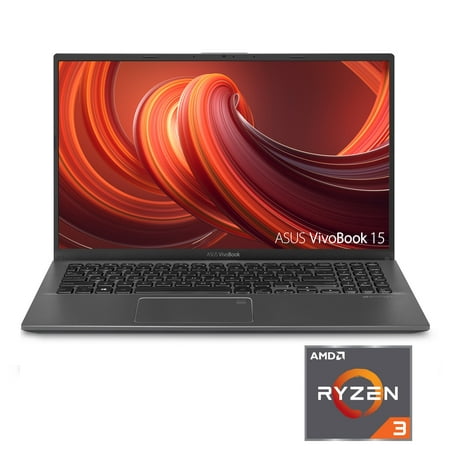Razer Blade 15 Advanced Model – QHD 240Hz – GeForce RTX 3080 – Black Still The Best Gaming Laptop
10th Gen Intel® Core™ i7-10875H 8 Cores (2.3GHz / 5.1GHz). Windows 10 Home. 15.6″ QHD 240Hz, 100% sRGB, 4.9 mm bezel, factory calibrated. Discrete: NVIDIA® GeForce® RTX 3080 (8GB DDR6 VRAM). Integrated: Intel® UHD Graphics.
Razer Blade 15 Advanced Model – QHD 240Hz – GeForce RTX 3080 – Black
Still The Best Gaming Laptop
- 10th Gen Intel® Core™ i7-10875H 8 Cores (2.3GHz / 5.1GHz)
- Windows 10 Home
- 15.6″ QHD 240Hz, 100% sRGB, 4.9 mm bezel, factory calibrated
-
- Discrete: NVIDIA® GeForce® RTX 3080 (8GB DDR6 VRAM)
- Integrated: Intel® UHD Graphics
-
- Installed: 1TB SSD (M.2 NVMe PCIe 3.0 x4) + Open M.2 PCIe 3.0 x4 Slot for easy expansion
-
- 32GB dual-channel DDR4-2933MHz (16GB x 2)
- Per key RGB Powered by Razer Chroma™ N-Key rollover keyboard
Additional information
| DIMENSIONS | 0.67" x 9.25" x 13.98" |
|---|---|
| WEIGHT | 2.01 kg / 4.40 lbs |






Reviews
There are no reviews yet.